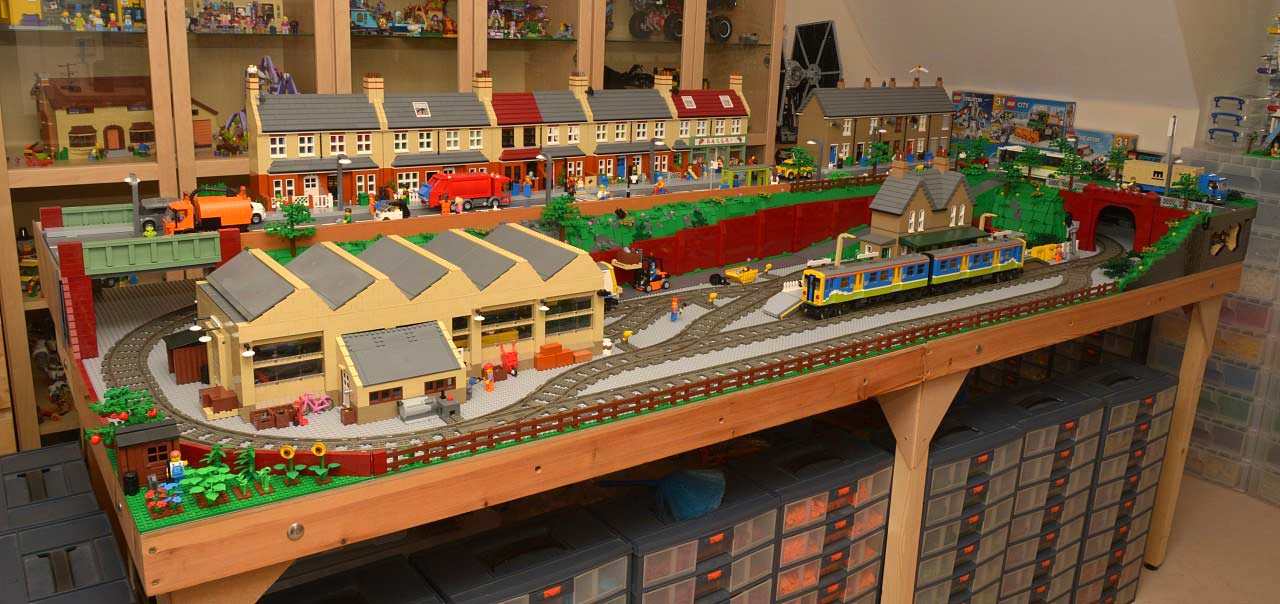38 Games Like The Dwarf Run. The Dwarf Run is an old-fashioned RPG with elements of point-n-click adventure. The story tells of an expedition to the ancient underworld temple undertaken by young dwarf Dalain Stonecruncher with party of friends and numerous adventures that followed. A dwarf's name is granted by a clan elder, in accordance with tradition. Every proper dwarven name has been used and reused down through the generations. A dwarf's name belongs to the clan, not to the individual. A dwarf who misuses or brings shame to a clan name is stripped of the name and forbidden by law to use any dwarven name in its place.
- The Dwarf Run (2015) Farms
- The Dwarf Run (2015) Game
- The Dwarf Run (2015) Unblocked
- The Dwarf Run (2015) Pictures
The Dwarf Run (2015) Farms
Dwarves employ three different modes of writing. The oldest is a rune alphabet called both the Hruthmundvik—after the dwarf Hruthmund, to whom the goddess Sindri is said to have given knowledge of writing—and the Gnostvik, after the first five letters of the dwarves' alphabet. The second method is the Thrangvik, which is a version of the Hruthmundvik adapted for 'soft' instruments such as quills and brushes, rather than chisels or burins. The final system, the Mahlvikn, contains the secret letters of Dûrgrimst Quan, with which dwarves write their most holy texts. They have never allowed one of another race to learn this script, but it is reputed to be nigh on a separate language, on account of its many unique words and characters.
(Vik means scratch, and thus Hruthmundvik translates as the scratch of Hruthmund, or, conversely, Hruthmund's scratch. Thrang has no discernible origin, although it may be a corruption of trangnarn, a species of hawk that frequents the Beor Mountains and whose tail feathers are prized by dwarves for their pens. As for mahl, it is an ancient word that one cannot directly translate into English, but may be rendered as cave lore, a euphemism for hidden and/or powerful knowledge.)
Of these modes, the Thrangvik is now perhaps the most common, with the Hruthmundvik reserved for inscriptions on stone and wood and documents of importance. The curvilinear forms of the Thrangvik were inspired by the Hruthmundvik, but, over the centuries, they have affected the Hruthmundvik in return. For example, instead of assigning a unique symbol to each of their many vowel sounds—as in the primeval Hruthmundvik— dwarf scholars writing with the Thrangvik found it more expedient to use only one character for each of their major vowels and then modify said characters with diacritical marks in order to achieve the broader range of expression required. This practice was eventually applied to the Hruthmundvik, which accounts for the accent marks seen among the dwarf runes of Eragon's day, and in the version of the Hruthmundvik presented here.
Of the runes themselves, one should note that they make no use of uppercase letters, and that when one writes Dwarvish—proceeding from left to right in a horizontal line—a space is often placed between words, but when one carves them, words are allowed to run together.
Also, Dwarvish possesses two distinct runes, nos. 8 and 9, for k. The pronunciation of these runes is indistinguishable to humans (both a hard c), and even some dwarves have difficulty telling them apart. By tradition, 8 is translated as k, and 9 as c, but in either case, their phonetic value is nearly the same, and the Dwarvish c does not behave as our c; its pronunciation remains unaltered by e or other vowels. (A separate rune, no. 18, is used for ch.) Because of the similarity in appearance between the runes for c and s, humans originally, and incorrectly, translated the name of the dwarves' temple in Tarnag as Celbedeil and not Selbedeil. At first I intended to correct this mistake. However, upon reflection, I decided that it was better to use Celbedeil rather than to risk distracting readers of Eragon's saga with a spelling that was both unfamiliar and unnecessary, especially since it makes no practical difference as to how the name is said, at least not in English.
Rune no. Iboostup premium 6 8 281. 32 is usually written half the size of other runes. It acts like either a comma, an apostrophe, a quotation mark, or a pair of quotation marks, depending on context.

Rune no. 33, which is transliterated as a circumflex, is a small bar that is placed crosswise through the lower half of a vowel's upright stem.
The Dwarf Run (2015) Game

Rune no. 33, which is transliterated as a circumflex, is a small bar that is placed crosswise through the lower half of a vowel's upright stem.
The Dwarf Run (2015) Game
Rune no. 34, which is transliterated as an acute accent mark, is placed directly over, though not touching, a vowel's upright stem.
The Dwarf Run (2015) Unblocked
The runes that appear on the map of Alagaësia were borrowed from the alphabet humans based upon the Hruthmundvik, but should not be confused with the Hruthmundvik, as the letters are used differently. Nor can they be read as n, s, e, and w, as people would now, for Eragon's speech is not our own and is a matter for examination elsewhere and elsewhen.
The Dwarf Run (2015) Pictures
* Interested in more? Check out the rest of our articles on the invented languages of the Inheritance Cycle!
